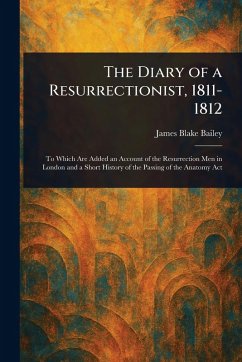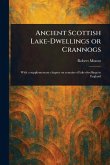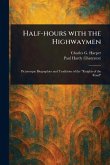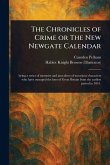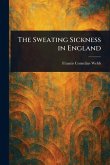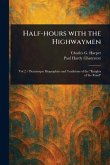Venture into the shadowy underworld of early 19th-century London with "The Diary of a Resurrectionist, 1811-1812," by James Blake Bailey. This gripping historical account unveils the clandestine world of body snatching, a grim trade fueled by the burgeoning field of medical science. More than just a diary, this volume includes a detailed exploration of the "Resurrection Men" who prowled graveyards, and the desperate circumstances that led to the infamous practice. It also sheds light on the social and legal landscape that ultimately culminated in the Anatomy Act, a pivotal moment in medical history. Explore the dark intersection of crime, medicine, and societal anxieties in a time when the pursuit of knowledge clashed with deeply held beliefs about death and the sanctity of the human body. A chilling and fascinating glimpse into a rarely seen side of history, this book offers a unique perspective on a controversial practice that shaped the course of medical advancement. This work has been selected by scholars as being culturally important, and is part of the knowledge base of civilization as we know it. This work is in the public domain in the United States of America, and possibly other nations. Within the United States, you may freely copy and distribute this work, as no entity (individual or corporate) has a copyright on the body of the work. Scholars believe, and we concur, that this work is important enough to be preserved, reproduced, and made generally available to the public. We appreciate your support of the preservation process, and thank you for being an important part of keeping this knowledge alive and relevant.
Bitte wählen Sie Ihr Anliegen aus.
Rechnungen
Retourenschein anfordern
Bestellstatus
Storno

